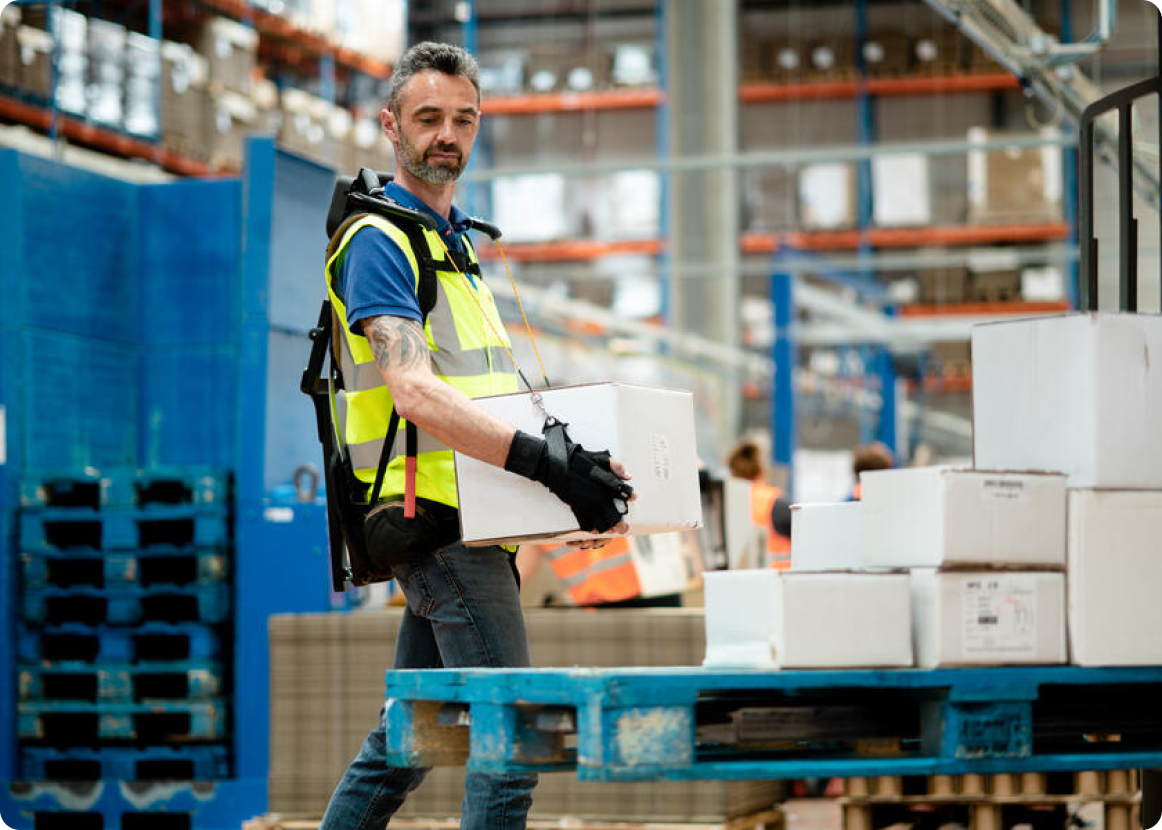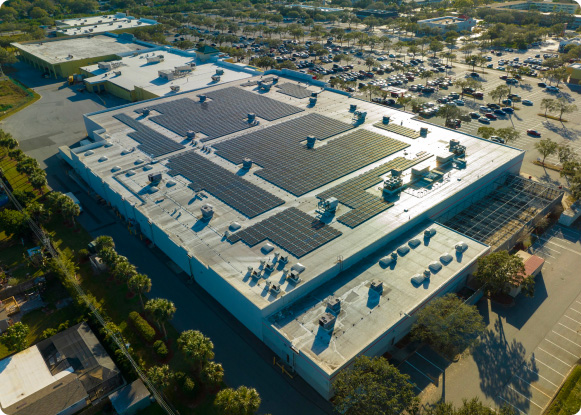As the sector expects to face 400,000 worker shortages by 2026, many logistics players are making efforts to enhance working conditions in warehouses. From ergonomic practices to automation, let’s explore the solutions and best practices available to reduce arduous work in the warehouse with FM Logistic.
In the logistics sector, bad postures or repetitive load carrying can cause musculoskeletal disorders (MSDs), which could result in time off work or inability to work. According to the French National Health Insurance, manual handling is responsible for ¾ of MSDs and ⅓ of occupational injuries. With 860,000 days of absence from work due to MSDs, the logistics sector is the seventh largest contributor to MSDs in France. This situation is critical for an industry striving to improve its attractiveness. In 2023, preparation and forklift operator roles ranked second in recruitment needs, with a recruitment deficit of 25,000 to 50,000 workers annually, making it one of the top 10 sectors facing significant attraction challenges.
That said, the good news is that the situation is not inevitable. Thanks to well-designed warehouses, effective workload management, automated technologies and ergonomic solutions, logistics players now have many possibilities to reduce employees’ strain and fatigue. This focus is exemplified by FM Logistic, as emphasised by Carem Fistarol, Group Safety, Wellbeing and D&I Manager: “Taking care of our employees is part of the three pillars of our CSR strategy to develop sustainable supply chain models. Through our People pillar, we are committed to offering our employees a Healthy workplace that ensures safety, fairness and well-being, as well as a Smart work environment by providing them with the right tools, organisation and skills to work efficiently.”
Identifying risks factors
Thanks to sensors, virtual reality, video and IA, it is now possible to identify physiological and biomechanical stress factors, analyse ergonomic gestures and postures in real time, assess existing risks or avoid future risks during equipment design. Once postures and movements measured and analysed, logistics players can implement the correct technology to improve worker health in sites. FM Logistics uses Soter Analytics, a 2G box which analyses dangerous movements and warns employees in real time if their movements are penalising. Deployed in France, Romania, Spain and Vietnam, the solution has already enabled a reduction of dangerous movements by 30%. The Group provides real-time coaching to its employees using a smartphone solution that films them and analyses their posture angles. “What sets us apart is that we don’t just focus on safety at work, we are interested in overall health both inside and outside the working environment”, says Carem Fistarol. “We want to improve both the physical and mental workload of our workers. This is part of our HEALTHY WORKPLACE axe.”
One objective, many solutions
Workplace ergonomics should be considered from the very beginning, during sites’ design and construction. FM Logistic has developed a guide to help its engineers in designing adaptable and optimised workstations. Every aspect of the site is considered to reduce the walking distance in the facility, ease product access and operator movements, set the correct ergonomic working height… Additionally, FM Logistic trains its warehouse managers in ergonomics, so that they can correct workers with unsafe postures. Task rotation systems, pauses during repetitive tasks and stretching exercise videos have also been implemented. “These initiatives are part of our SMARTWORK axis, which aims to ensure that 90 % of our employees are satisfied with their work environment.”
To reduce workers’ strain, logistics players can replace manual tasks with automated processes and use wearable technology, such as PPE (Personal Protective Equipment), hard hats and safety boots or exoskeletons. FM Logistic collaborated with the University of Technology of Compiègne (UTC) to develop its own exoskeleton, the Ergoskel, as existing solutions did not meet its needs, especially for picking and heavy lifting. Designed to facilitate handling parcels weighing up to 25 kg, the Ergoskel weighs just 1.8 kg and is worn like an adjustable rucksack. “The Ergoskel is currently deployed in France in around 100 units and tests have shown a 70 % reduction in strain on the back and upper muscles. A further 25 units are being tested in Spain, Romania, Poland, Vietnam and India,” says Carem Fistarol.
Embarking the whole sector on reducing strain / A collective effort
FM Logistics is determined to improve worker health practices beyond its walls and aims to involve the entire sector in this initiative. Within the SC4good Lab dedicated to CSR Lab, FM Logistic and Groupe Rocher are co-leading one of project: reducing drudgery in the warehouse. “We interviewed 30 companies, partners of France Supply Chain, to find out what solutions are currently used to respond to each of the risk situations identified”, says Carem Fistarol. “The whole sector is concerned and we aim to work as an ecosystem to reduce MSDs. It’s a win-win strategy: employees are healthier and more satisfied at work, resulting in higher engagement and productivity. By focusing more on workplace ergonomics, companies can also improve their productivity and At FM Logistic, we care about people. The physical and mental health state of its workers is a central concern and part of our company long-term strategy.”



